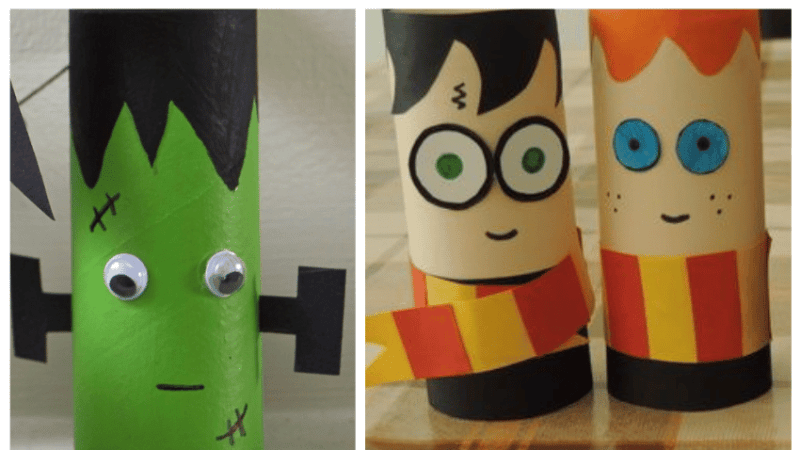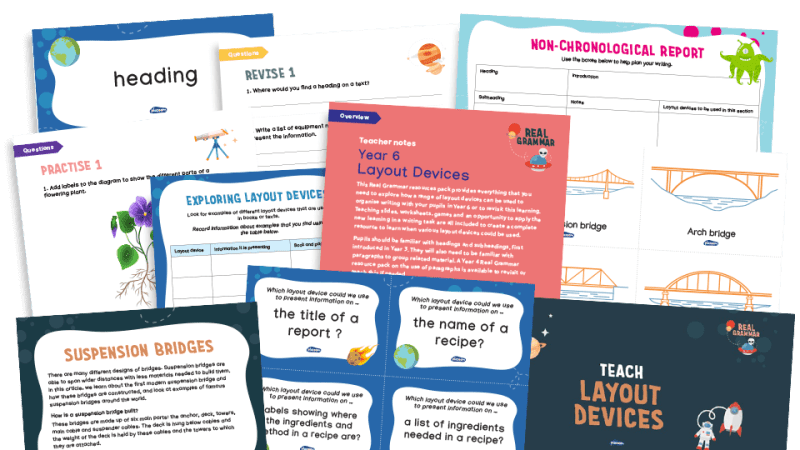“I didn’t see that coming!” – Teach your students how to write a mystery story

Give your students a primer in how to deploy literary sleight-of-hand and wrong-foot readers, with Lisa Thompson’s lesson on how to craft stories of intrigue and mystery…

I love reading mystery novels and short stories. As human beings, we’re often driven to find out the answer to things. Who did it? Where is the treasure hidden? Is that suspicious character really who they say they are?
Mystery stories are a joyous thing, but I tend to find that if I’ve guessed the ending, I end up feeling disappointed. Despite trying to solve the mystery as I read, I still want to be surprised by the outcome. I want my last thought on closing the book to be, ‘Wow, I didn’t see that coming!’
When writing my own mystery books, my aim is to keep the reader wanting to know more and to surprise them at the end. In this lesson, students will have an opportunity to get creative, thoughtful and inquisitive as to how far they can push their own story writing.
Why teach this?
- Develop students’ capacity for self-expression and promote a thoughtful approach as to why they like particular mystery stories
- Help them to communicate more effectively by studying different techniques, vocabulary and structures in writing
- Foster student creativity
- Help students consider the function of literature, and what works compared with what might not
- Provoke thoughts regarding why writers create the stories they do
Starter activity
Begin the lesson with a group discussion about what the word ‘mystery’ actually means. Look at various definitions and find some synonyms.
Discuss what it is that makes a good mystery. Ask the students to share a mystery that they’ve read, seen or engaged with that they’ve enjoyed. Can they pinpoint what it was about the story that kept them gripped and wanting to know more? The plotline is important, but what about the characters? Did they care about them?
Find out if any of the students’ suggestions contained a ‘red herring’ and look up the history behind that phrase.
Main activities
Reading and analysis
Read an extract from a mystery novel, such as a chapter from The Rollercoaster Boy, and/or a mystery short story – for example, ‘The Tell Tale Heart’. Discuss the writing and list the qualities of the stories that feel specifically relevant to a mystery narrative.
This might include interesting or suspicious characters lacking clear motives; the fact the story doesn’t give everything away at once; the build-up of tension; something unusual that stands out, which might prove to be a red herring later on. What is the writer wanting us to think at this point?
The planning stage
We can now present the class with a mystery scenario to help them plan a story of their own. A guest has gone missing from a hotel room. The room was locked from the inside. Inside the hotel room there’s no sign of any disturbance.
There’s a single bed, a wardrobe, a bedside table, a pair of shoes and a locked trunk. Your main character is the manager of the hotel and has used a spare key to investigate.
What happens next?
Begin by brainstorming some ideas and creating a mind map of potential storylines. The story must include some information on the guest who is missing, what the hotel manager discovers when they begin to look around the room and an object that could turn out to be a red herring.
When you have finished your brainstorm, it’s time for the students to plan. Using their favourite parts from their mind maps, they should aim to plot their stories into three basic parts:
The beginning – Setting the scene and introducing the characters
The middle – Ideally the peak of the story, the point where you include an ‘Oh no!’ moment.
The end – The conclusion to the mystery
The students then share their story ideas out loud to someone in the class, making any changes to their plans as they go. Talking through story ideas out loud is a really good way of working out if there are any major issues in your plot.
Have the students reflect on whether their plot takes a different turn once they’ve talked about it. The students can then begin to write their stories, using their plans as a guide.
Summary
Writing a mystery that’s going to fool inquisitive readers is hard. When looking back on the mystery stories they’ve produced, encourage the students to consider carefully what they feel worked as they wrote them and what didn’t.
Do any of them conclude that it might have been easier to start with their story’s final clue and work backwards? How hard was it to avoid clichés when writing for this genre? Do they think there might be more editing involved when writing a mystery novel?
Beyond the lesson
Going deeper
Look into the etymology of the word ‘mystery’ and research one of the greatest mystery writers in the English language – Agatha Christie.
Homework suggestions
Write a short mystery story using one of the following prompts – a suggested title of ‘The Unopened Letter’, or the opening line, “The last person to see my brother was a liar…”
Lisa Thompson is a children’s novelist; her latest book, The Rollercoaster Boy, is available now (Scholastic, £5.99) – for more information, visit lisathompsonauthor.com or follow @lthompsonwrites
This article was co-authored with teacher Stuart Pryke (@SPryke2)











